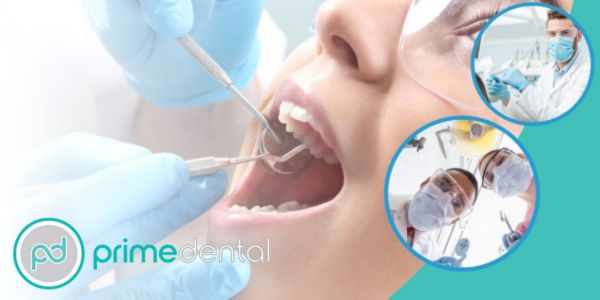Platelet Rich Plasma (PRP) has revolutionized dentistry with its regenerative properties and potential to enhance treatment outcomes. This groundbreaking therapy utilizes the patient’s blood to stimulate tissue repair, reduce inflammation, and promote healing in various dental procedures. From dental implants to oral surgeries, PRP offers exciting possibilities for optimizing results and improving patient satisfaction. In this comprehensive guide, we will delve into the world of Platelet Rich Plasma in dentistry, exploring its applications, benefits, considerations, and the steps involved in the procedure. Discover how this innovative technology is transforming the landscape of dental care and unlocking new avenues for improved oral health.
What is Platelet Rich Plasma (PRP) in Dentistry?
Platelet Rich Plasma (PRP) in dentistry is a procedure that involves the extraction and concentration of platelets and growth factors from the patient’s blood. These concentrated platelets are then applied to the treatment site, promoting tissue regeneration, reducing inflammation, and enhancing the healing process in dental procedures. To acquire in detail with pictures, visit our Facebook page!
Applications of Platelet Rich Plasma in Dentistry:
PRP finds applications in various dental procedures, including:
Dental Implants: PRP can improve implant success rates by accelerating bone regeneration and osseointegration.
Periodontal Therapy: PRP aids in promoting gum tissue regeneration, reduces pocket depth, and enhances the treatment of gum diseases.
Oral and Maxillofacial Surgeries: PRP can enhance healing and reduce complications in procedures such as tooth extractions, bone grafting, and sinus lifts.
Endodontics: PRP may assist in improving root canal treatment outcomes and promote the healing of dental pulp.
The Benefits of Platelet Rich Plasma in Dentistry:
Enhanced Healing: PRP promotes tissue regeneration and accelerates healing, leading to faster recovery and reduced post-operative complications.
Improved Treatment Outcomes: By harnessing the regenerative potential of platelets and growth factors, PRP can enhance the success rates of dental treatments, such as dental implant placement and bone grafting.
Biocompatibility: PRP is derived from the patient’s blood, reducing the risk of adverse reactions or rejection.
Considerations and Procedure:
Blood Collection: A small blood sample is collected from the patient, typically from the arm, and processed in a centrifuge to concentrate the platelets.
PRP Preparation: The concentrated platelets and growth factors are separated from the other components of blood, resulting in the formation of Platelet Rich Plasma.
Application: The PRP is then applied directly to the treatment site, either alone or in combination with other dental procedures.
Healing and Follow-up: The patient gets monitored during the healing process, and additional PRP applications may be recommended to optimize results.
Safety and Efficacy:
It has shown promising results and is safe when performed by trained professionals. As PRP utilizes the patient’s blood, the risk of allergic reactions or disease transmission is minimized. However, individual considerations and medical history should get discussed with the dentist before considering the procedure.
Conclusion:
Platelet Rich Plasma (PRP) in dentistry offers exciting possibilities for enhancing healing, tissue regeneration, and treatment outcomes in various dental techniques. If you are considering a dental procedure, consult a dentist like us to explore whether this therapy could benefit your specific case. Check out our Linkedin profile to reveal more info on this procedure!
